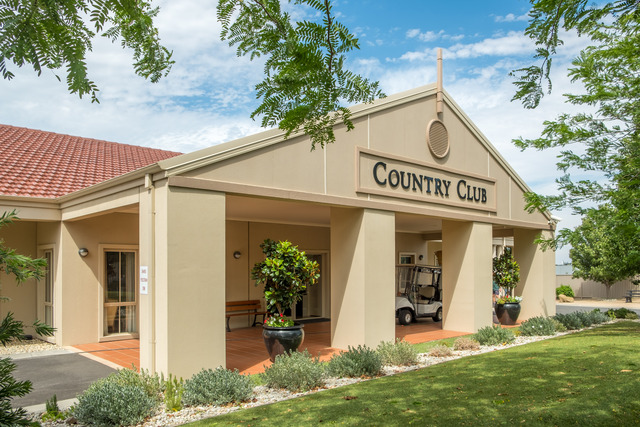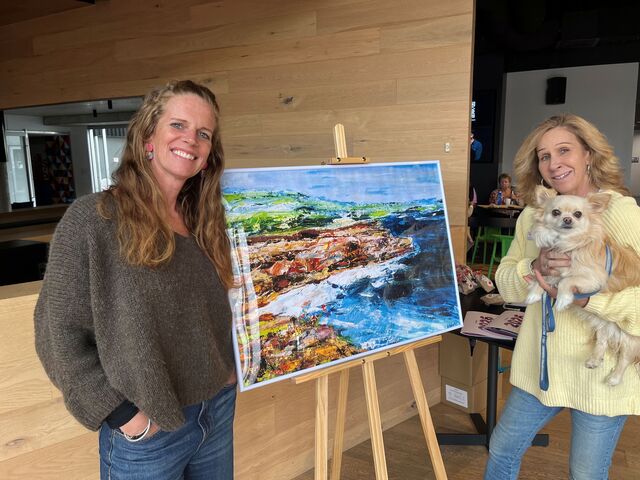The Retirement Living Council (RLC) is urging governments across the country to focus on age-friendly housing to cater for Australia’s ageing population following the release of new ABS data.
The ABS today released its regional population data for 2023, revealing:
* 7 per cent of the population of capital cities across Australia is aged over 75
* 9.4 per cent of the population outside of capital cities across Australia is aged over 75
*Over 55s make up 26 per cent of the population in capital cities
* Over 55s make up 34 per cent outside these cities
RLC executive director Daniel Gannon said this data further emphasises the need for all three tiers of government to address the challenges that come with housing an ageing population.
“We have known about our ageing population for a long time now, but governments seem flat-footed in their response to accommodating and caring for this growing cohort of older Australians,” Mr Gannon said.
“Over the next two decades, the number of Australians over 75 will increase by 85 per cent, which will have significant socio-economic impacts on the nation.
“Given the housing and care challenges associated with Australia’s demographic outlook, we need age-friendly solutions to solve a problem that will only get bigger.“
Mr Gannon said governments need to better understand the potential upside of injecting more age-friendly housing supply into the market.
“Hospital beds are already full, ambulances are ramping in most capital cities, aged care facilities are at capacity and most retirement villages have lengthy waiting lists,” Mr Gannon said.
“This is before we consider the impacts from an additional 1.7 million Australians over 75 in a decade and a half.
“Governments should be throwing the kitchen sink at unleashing more retirement villages given they are proven to keep people healthier and happier for longer.
“Retirement village residents are 41 per cent happier, 20 per cent less likely to require hospitalisation after only nine months, 15 per cent more physically active, five times more socially active, twice as likely to catch up with family or friends and have reduced levels of depression and loneliness.
“As a consequence, these communities are minimising the interactions older Australians have with GPs and hospitals, while importantly delaying entry into taxpayer funded aged care and saving the government $945 million annually as a result.
“The added bonus is that when older Australians ‘rightsize’ into a retirement village, it frees up important supply in the housing market for young couples and families,” he said.







